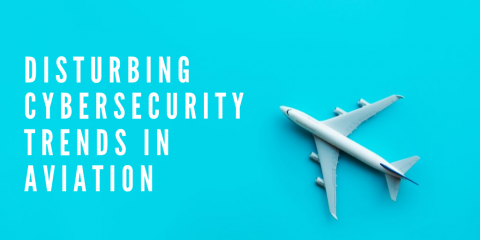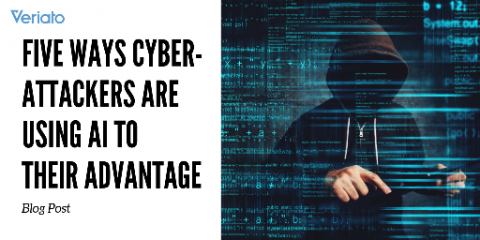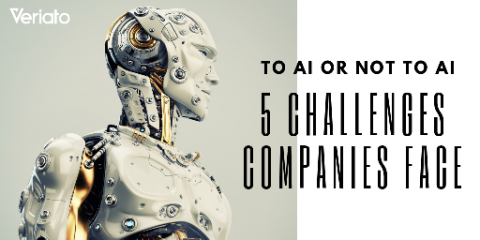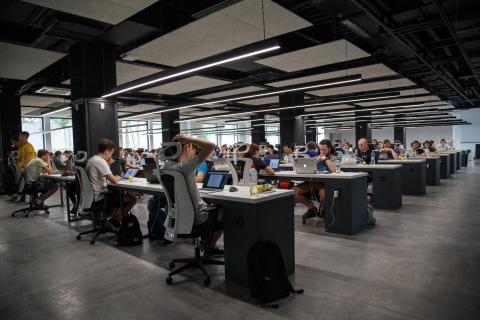Escaping the Egregious Eleven - Part One
Helping to define and examine the top perceived cloud security threats of the day, the ‘Egregious Eleven’ is the most recent iteration in an evolving set of summary reports published by the Cloud Security Alliance (CSA). It follows on from the ‘Treacherous Twelve,’ which they defined for us in 2016, and the ‘Notorious Nine,’ which they presented in 2013.








